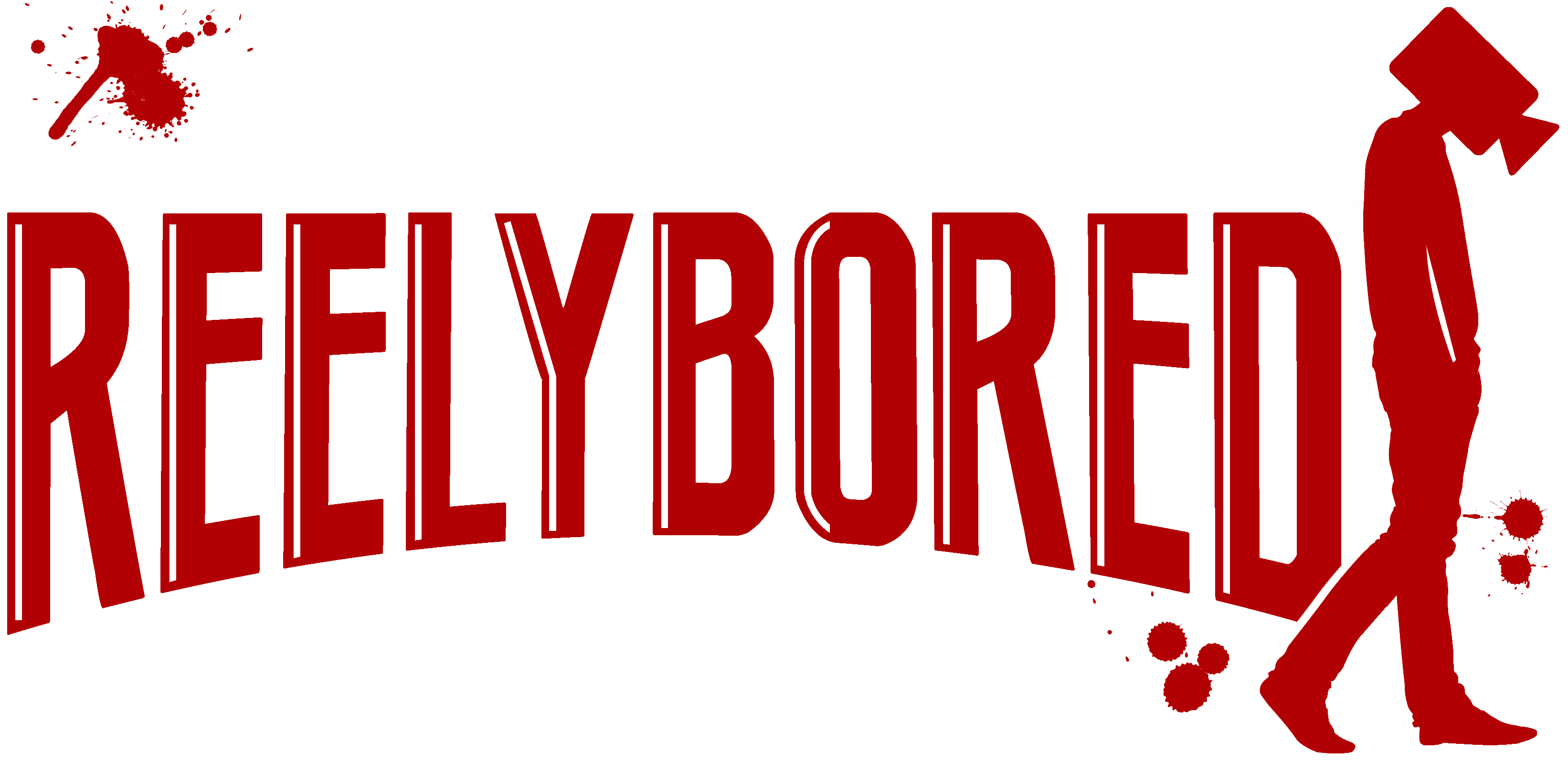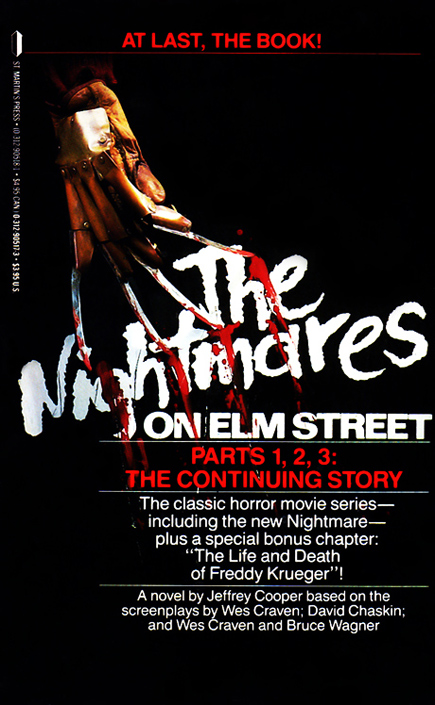
In the quiet town of Springwood, a group of teenagers begin experiencing terrifying nightmares—all featuring the same monstrous figure: a horribly burned man wearing a glove fitted with razor-sharp knives. As the line between dreams and reality begins to blur, the teens realize their lives are in grave danger… even while they sleep.
Nancy Thompson, a resourceful high school student, becomes the central figure in this haunting mystery. As her friends begin dying one by one in their sleep, Nancy uncovers the dark truth: the killer is Fred Krueger, a sadistic child murderer who was burned alive by the town’s vengeful parents years earlier. Now, Freddy has returned from beyond the grave to exact revenge on the children of those who killed him—by haunting their dreams.
Desperate to stay awake and unravel Freddy’s deadly origins, Nancy must face her worst fears in a battle that will push her to the brink of madness. But in the nightmare world, fear gives Freddy power… and sleep is no longer a refuge—it’s a death sentence.
This chilling novelization expands on Wes Craven’s 1984 horror classic, offering deeper insight into the characters’ thoughts, a more detailed exploration of Freddy’s past, and a psychological edge that amplifies the terror of falling asleep.
Horror Book Review: A Nightmare on Elm Street Novelization
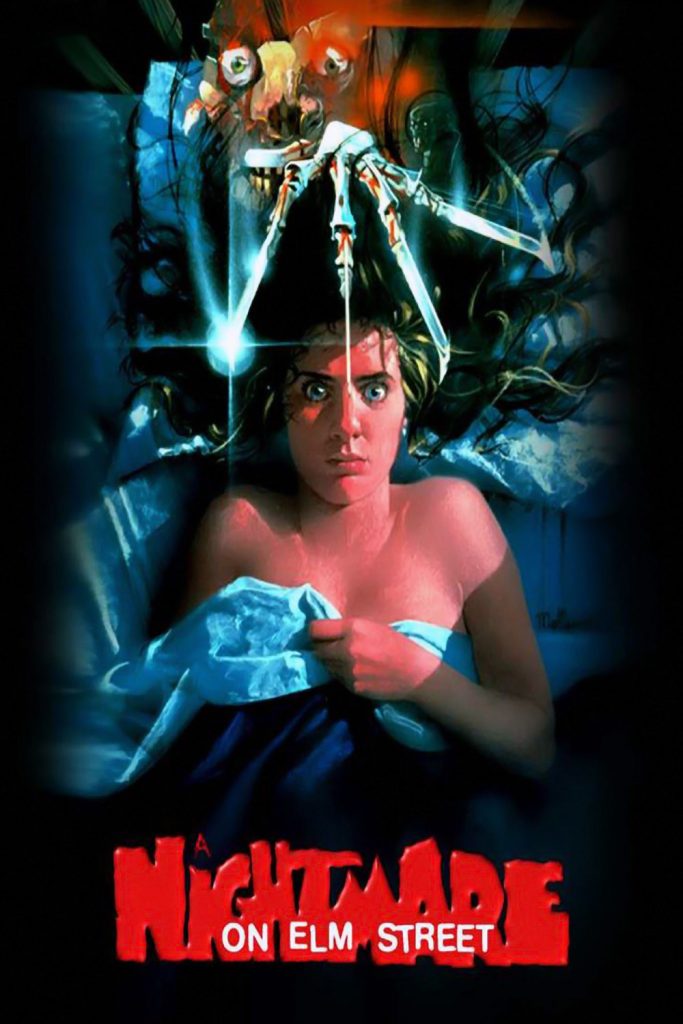
Jeffrey Cooper’s novelization of A Nightmare on Elm Street has to be the shortest “novel” I have read since my elementary school days. Having read the novelizations of the Halloween franchise, I wanted to dip my toes into the Nightmare on Elm Street series. The concept of falling asleep, dreaming of a deranged and disfigured man stalking you, terrified me as a kid. There is a dream that, to this day, I remember having of Freddy Krueger chasing me, my brothers, and a few friends in our old neighborhood. That dream solidified it for me – Krueger is a scary S.O.B. It wasn’t until later in the series when he became fun for the MTV generation, despite his manic and murderous tendencies which made the character, “fun”.
Unlike the Halloween novelization by Curtis Richards, which included a few additional elements and details not present in the film, providing more backstory about Michael Myers and insight into his terror, the Nightmare on Elm Street novelization did not do the same. I went into the novel with hopes of getting some more backstory or having Krueger’s background fleshed out. Instead, what we get is a carbon copy of what we saw on screen, almost verbatim. This was unfortunate.
I can’t say that I hated the novelization because doing so would be like saying I disliked the movie. I was, however, disappointed because it failed to add anything to the lore or story that we are all familiar with. There was also little insight as to what the characters were thinking or feeling other than what we already knew, having watched the movie. I don’t know if author Cooper’s hands were tied, but he missed out on a great opportunity to collaborate with director Wes Craven and dive into Fred Krueger’s story. This is the definition of a novelization in that the adaptation is damn near perfect. I guess I can say that this felt like the script in book format. Again, because of this, this was a letdown, and I wished there was more depth in both the story and its characters.

A Nightmare on Elm Street II: Freddy’s Revenge
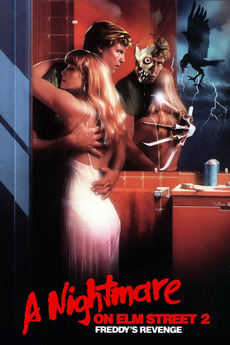
Cooper also penned the novelization of A Nightmare on Elm Street 2: Freddy’s Revenge, and, again, he mimics what he did with his prior work and gives us a nearly carbon copy of the film version. This time, however, I found the sequel to be slightly more entertaining. I think I can attribute that to not having seen the movie in such a long time and having an aversion to the sequel. I remember first watching Freddy’s Revenge and feeling off about it. For one, our protagonist’s, Jesse, ear-piercing screams every time he awoke from a dream, had me both cringing and bursting out laughing.
Aside from Freddy’s on-screen appearance being one of the creepiest, there was something about this film that didn’t sit right with me. It wasn’t until years later, when I was discussing the film with my brothers, that I would reflect on the sequel and came to the realization that I did indeed enjoy the movie and have been meaning to revisit the movie. Reading the novelization put an exclamation point on that sentiment.
But, alas, as in the first book, there is nothing new added or expanded upon. Still, it was a fun and quick read, coming in at under 100 pages.

A Nightmare on Elm Street 3: The Dream Warriors
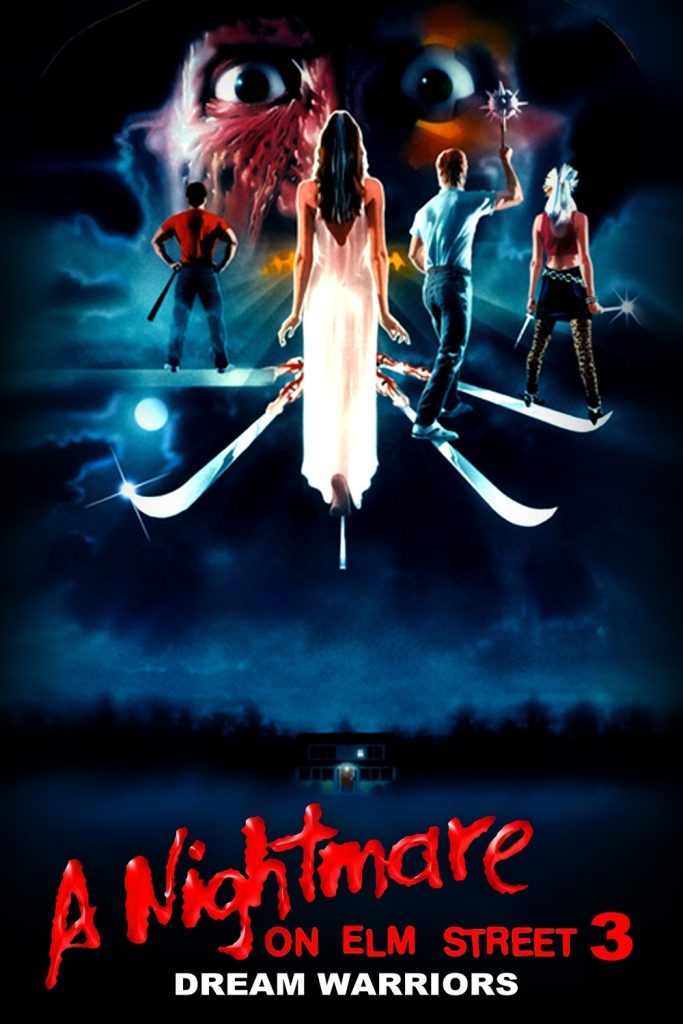
The last novel in this book is A Nightmare on Elm Street 3: The Dream Warriors, which, if I’m being honest, was (is? I always flip-flop) my favorite film in the franchise. In this film, Freddy took on a more prominent role, and instead of lurking in the shadows or in someone’s body, he is at the forefront, wreaking havoc and terror on the Elm Street kids. He was definitely more vocal. Because this book was released alongside the third Nightmare film, the narrative uses an early draft of the script and because of this, the novelization diverges drastically from what we saw on film, easily making this the most enjoyable read in the book.
There were many things in the book that differed from the film, including the powers of the Dream Warriors, their backstories and their destinies. What happens in the book changes the story going forward and does not coincide with what we see later in A Nightmare on Elm Street 4. Still, it was a fun read and would have loved to have seen deleted scenes or an alternate version of the film, much like Halloween 6: The Producer’s Cut. It was obvious, however, that this storyline would have required a much larger budget.

The Nightmare on Elm Street novelizations of parts 1-3 were far from groundbreaking and seemed written and released only to market A Nightmare on Elm Street 3, boosting the film’s sales and maximizing profits from the audience. Cooper’s writing was mediocre, and it read more like a YA novel, which made the story feel slightly cheaper than the source material. Sure, it was an exact recreation of the first two films, but even that fact did not make the first two adaptations memorable reads. In defense of the author, each story got slightly better from a writing point of view. Or, it could have been my recollecting visuals of the films as I read along.
The standout is, without question, the adaptation of an early draft of A Nightmare on Elm Street 3: The Dream Warriors because of its refreshing “new” take. I was expecting more of the same, a carbon copy of the film, but was pleasantly surprised by the story and the differences from the film. Would it have made a better movie? Hard to tell because I adore the film as it is, and it is difficult to imagine it being so different. But it was certainly just as enjoyable, and I loved every minute of it.
